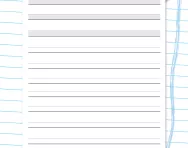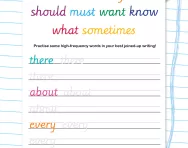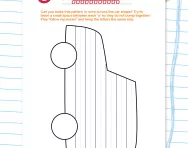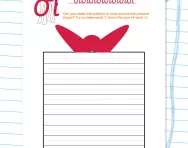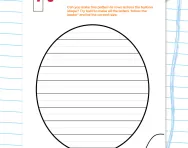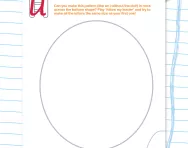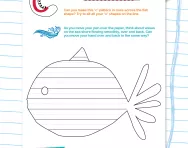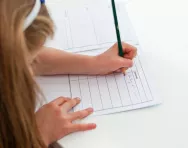Join vowels: handwriting practice worksheet
Why is learning to join letters in handwriting important?
Learning to join letters in handwriting, or cursive writing, is important because:
- It's faster: when you write in cursive, you don't have to lift your pen as often, so you can write more quickly.
- It looks smooth: cursive writing has a nice flow to it since the letters are connected. This can make it easier to read.
- It helps your handwriting skills: practising cursive improves your ability to control a pen or pencil with your fingers, which is important for writing neatly.
- It's part of our history: cursive writing has been around for a long time and is a part of our cultural heritage.
- It's useful: even though we type a lot nowadays, there are still times when we need to write things by hand, like signing your name or writing a letter.
- It might make your brain work better: some studies suggest that learning cursive could have benefits for your brain, like improving your reading skills and memory.
In short, learning cursive isn't just about fancy writing—it can help you write faster, improve your handwriting, and even give your brain a little workout.
How can your child practise to improve their handwriting skills?
You can improve handwriting skills by practising with worksheets such as this one. Created by a handwriting expert, this practice sheet focuses on joining vowels and provides clear examples with plenty of space for your child to copy. Print out several copies if you want to be sure that they have mastered these letters, or turn the paper over to test them without the visual aid.
For more cursive handwriting practice, try our Handwriting practice: cursive letters worksheet.

